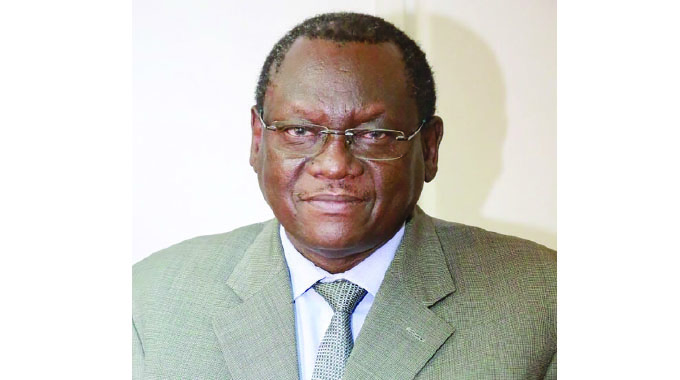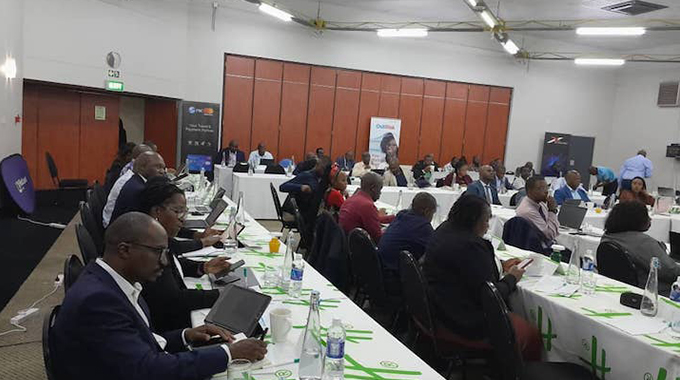Comesa FTA provisions underutilised

Business Reporter
COUNTRIES under the Common Market for Eastern and Southern Africa (Comesa) have been urged to upscale utilisation of preferential provisions under the Free Trade Area (FTA) regime to boost intra-regional trade gains and bolster their economies.
FTA preferences include the removal of all tariffs and non-tariff barriers enabling the free movement of goods and services produced within Comesa.
At the moment, 16 countries are participating in the Comesa FTA including Burundi, Comoros, Djibouti, Egypt, Kenya, Libya, Madagascar, Malawi, Mauritius, Rwanda, Seychelles, Sudan, Tunisia, Uganda, Zambia and Zimbabwe.
Official estimates indicate that intra-regional utilisation rate of the FTA preferences by Comesa member States averages 48.4 percent when compared to 77 percent on north-south trade.
Comesa assistant secretary general, Dr Kipyego Cheluget, says this has affected the region’s agility to handle external shocks, noting that the FTA was created to build resilience through deepening trade integration among member countries.
Addressing the 7th meeting of the Comesa Trade and Trade Facilitation Sub-Committee last week Dr Cheluget said it was critical that countries implement the FTA in a manner that promotes effective use of the tariff preferences under regional integration by firms and other importers. “The high prevalence of persistent non-tariff barriers (NTBs) and high compliance costs of non-tariff measures have created a prohibitive intra-trading environment in the region,” he noted.
It is estimated that imposing one additional NTB is equivalent to effecting at most a tariff of 5.8 percent. Between 2018 and 2020, Dr Cheluget said, it took an average of 1.5 years to resolve a reported NTB in Comesa region.

A Comesa staffer (left) assists Dr Kipyego Cheluget, Comesa’s assistant secretary general for programmes (centre) and European Union delegation to Zambia team leader for infrastructure, Mr Claudio Bacigalupi, in cutting the ribbon to signify the official launch of the regional ICT project in Lusaka.
Thus, introduction of additional sanitary and phytosanitary and technical barriers to trade measures leads to more trade compliance costs. This makes it even harder for businesses to prosper, said Comesa in a latest update.
“There is great potential which demonstrates the existence of scope to deepen our trade integration, create more space for business prosperity and fortify the resilience of our economies,” said Dr Cheluget.
Noting that the regional economies had barely recovered from the impact of the Covid-19 pandemic when the Russian- Ukraine conflict started, Dr Cheluget said these episodes of external shocks have demonstrated the region’s vulnerability by disrupting critical supply and value chains.
“The consequences are apparent in the upward pressure on oil, fertilisers and food prices,” he said.
Guided by the Comesa Medium Term Strategic Plan (MTSP 2021-2025), the region desires to increase intra-regional manufactured exports to at least 25 percent of total exports by 2026, which is now at about 10 percent. Based on 2019 trade statistics, the region has potential to increase intra-trade by US$100.1 billion if all extra-Comesa trade could be diverted to the region.
Citing recent study findings, Comesa has noted that if at least 50 percent of the extra-Comesa trade is diverted to the region, intra-trade could expand by US$50.5 billion.
The three-day virtual meeting was attended by trade experts from Comesa member States.











Comments